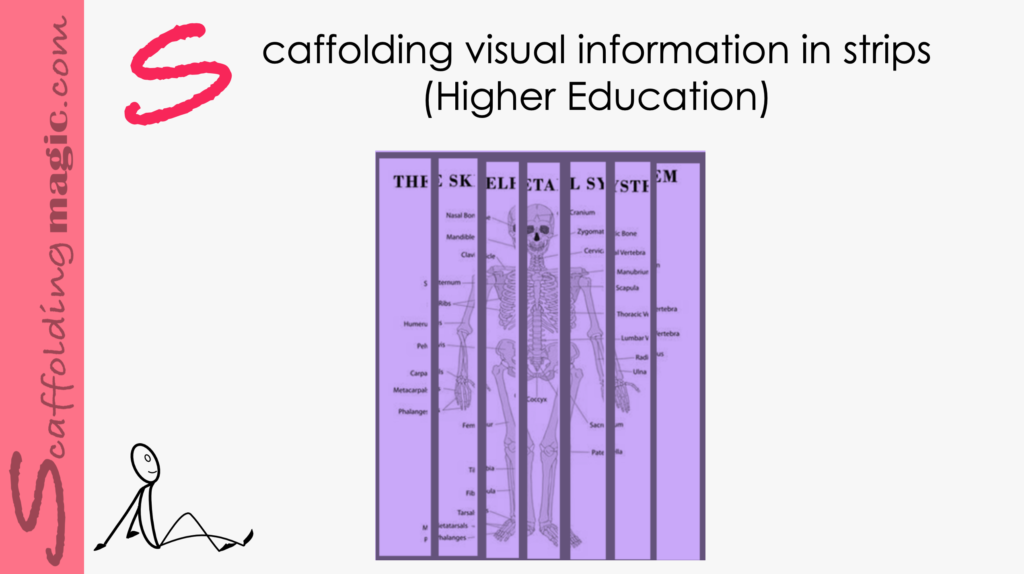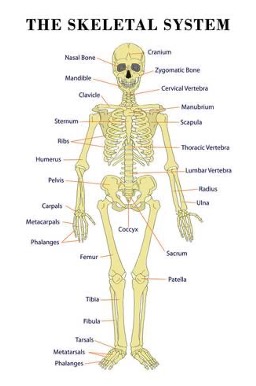You caught a beauty!!!
Download PDF of scaffold here.
One of the most common go-to words to explain scaffolding is ‘chunking’. Chunking is the strategy of breaking down material into digestible proportions in order to avoid cognitive overload. If you accept the studies (…………………………………………When we add strategies in activities that promote critical thinking, collaboration, negotiation and prediction – all through visual means – we’ve created a powerful means of presenting new ideas to our students.
This scaffold technique also includes categorisation which, …………………………………………..making the effort to categorise new knowledge can help students feel more connected to the world around them, and make sense out of what can feel like chaos at times.
In this case, students work in pairs (or groups of three) to piece together the meaning of an image that has been intentionally ……………………………….study, negotiation, conversation, and deliberation of this process leads to a deeper understanding of the underlying concept. When text is included in the activity, linguistic categories are added to the complexity of their conversations and predictions.
The strategy of making predictions actively engages students. It helps them to make connections between prior knowledge and the information they see before them. With activities such as this scaffold, students will learn ………………….. Further, ………………………………………….. (formative assessments).**
The example given here is from a lesson on anatomy – the human skeleton, and you’ll see how you can easily adapt it to any unit you’re about to begin.
** Hunt, Morton (1982). The Universe Within: A new science explores the human mind. Simon and Schuster.
step by step
- Choose an image (with or without text), from the unit you’re about to begin and print it onto an A4 piece of paper.
- Make enough copies for each pair of students (or each group of three (3)).
- …………………………………with a cutting board.
- Give one set of strips to each pair of students.
- They …………………………………. randomly.
- The activity proceeds in the following way:
- Student 1 puts down ………………………………….that may be found on the next strip.
- Student 2 l……………………………………………… and commenting on whether the other student’s predictions were accurate or not.
- This dynamic continues until all the strips have been placed on the table. (Encourage students to ……………………………………………….. are the goals for this activity.)
Example:
- Formative Assessment: In pairs, students …………………………………. (In this case, the students would review the words and general location those words are found on the skeletal.)
- Reflection: In pairs, students share ………………………………………. in a more engaged manner.


Scaffoldingmagic.com is your entryway into DYNAMIC bilingual learning methodologies, such as Phenomenon-Based Learning, CLIL, EMI, and ESL. You’ll find ways to implement critical thinking tools (DOK) to promote higher level thinking, the growth mindset, instill an ethic of excellence, deep reflection on learning, and all through multi-cultural, interdisciplinary activities. We have the keys to turning competences into action and to creating collective efficacy in your school so you move ahead as a unified, enthusiastic team.





